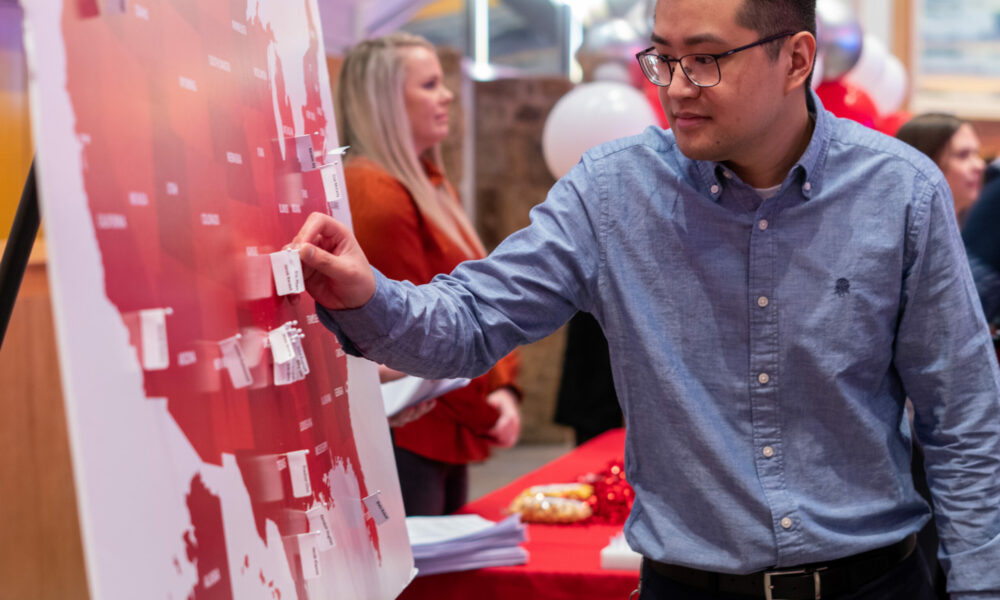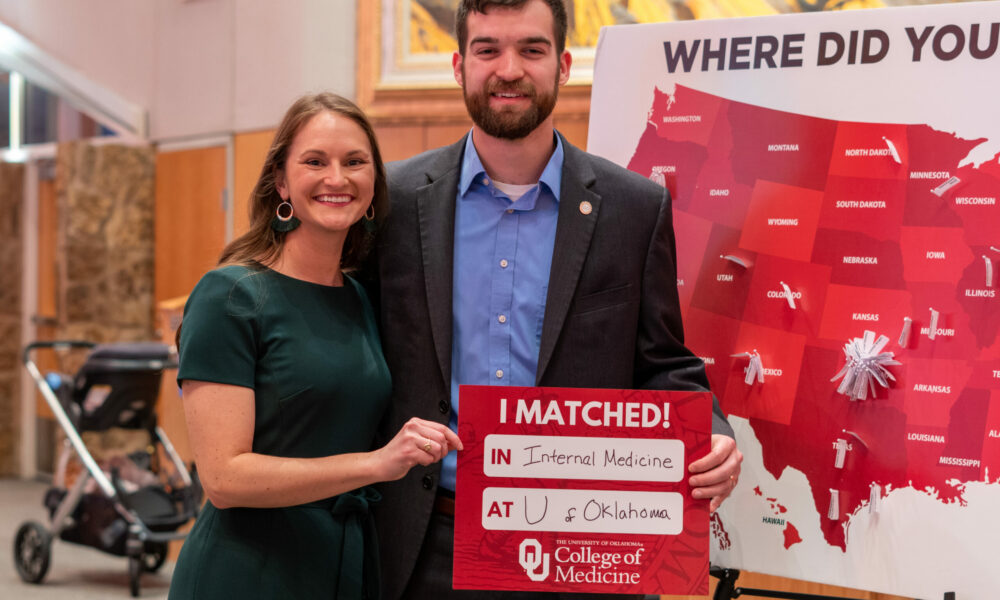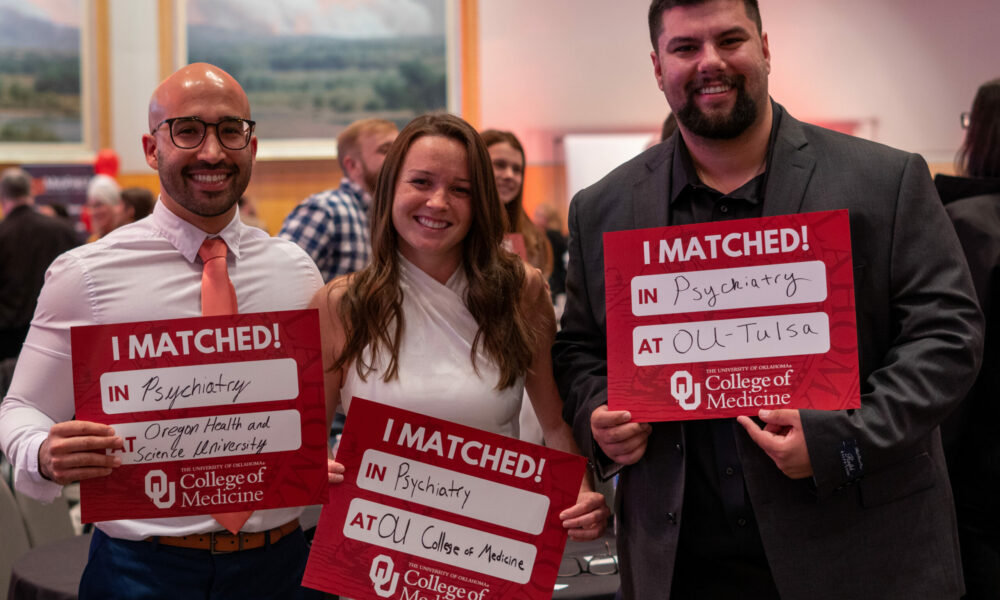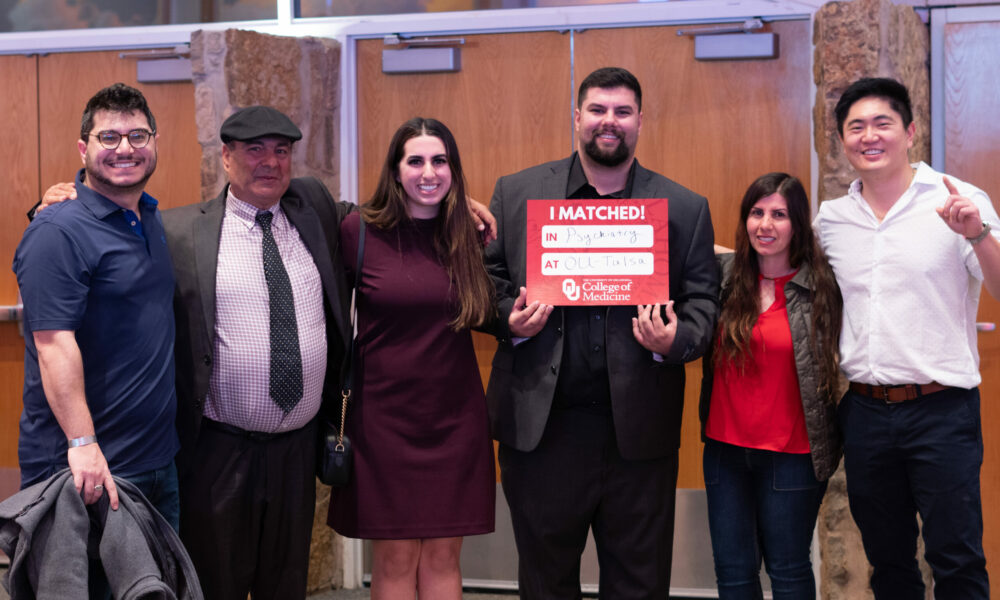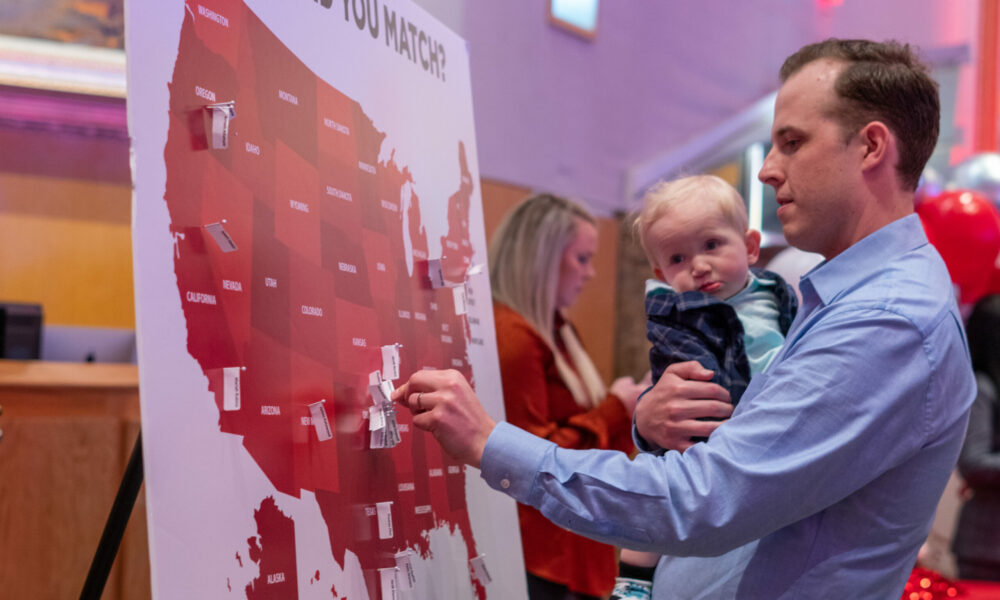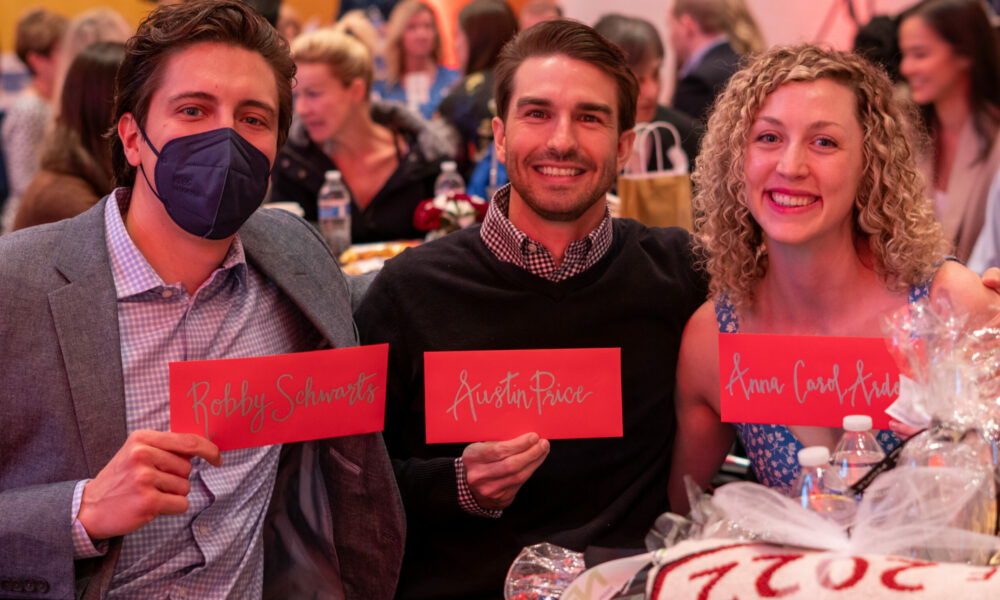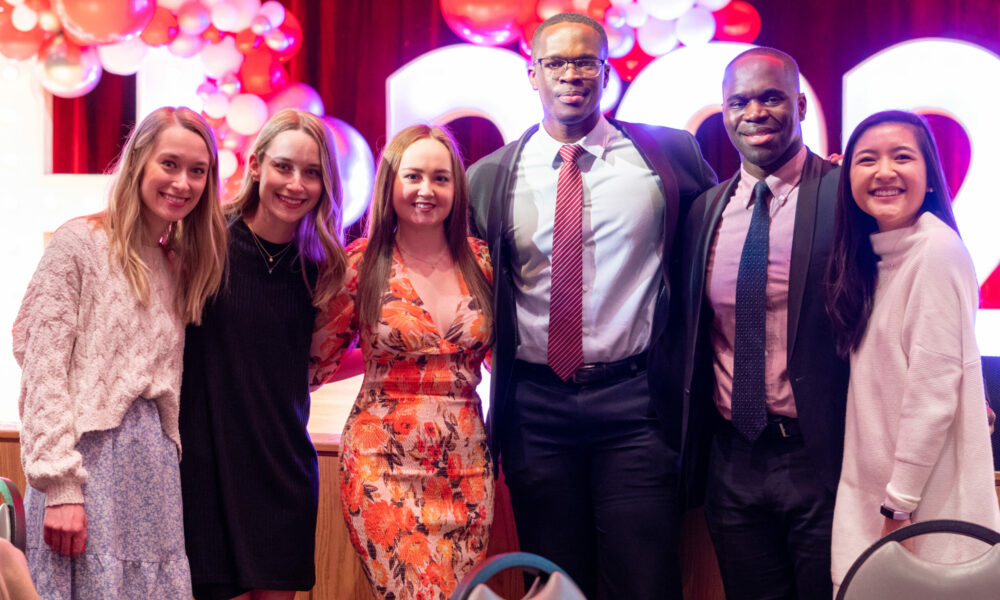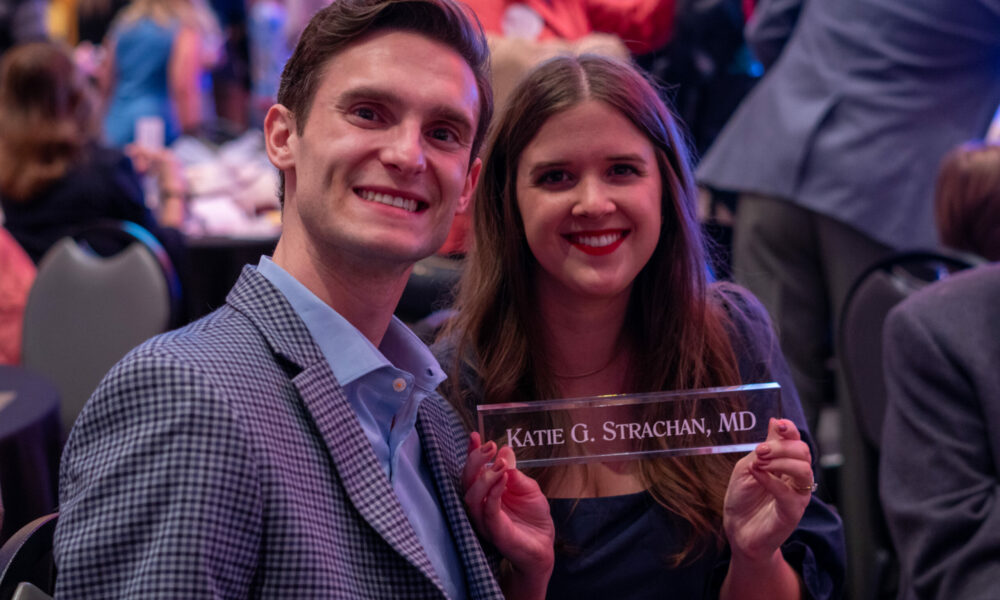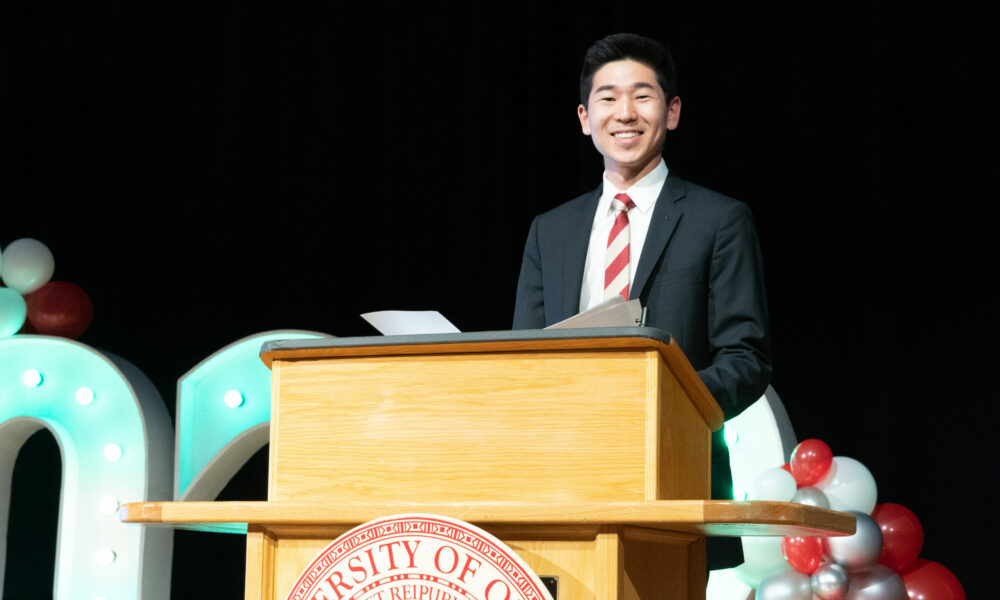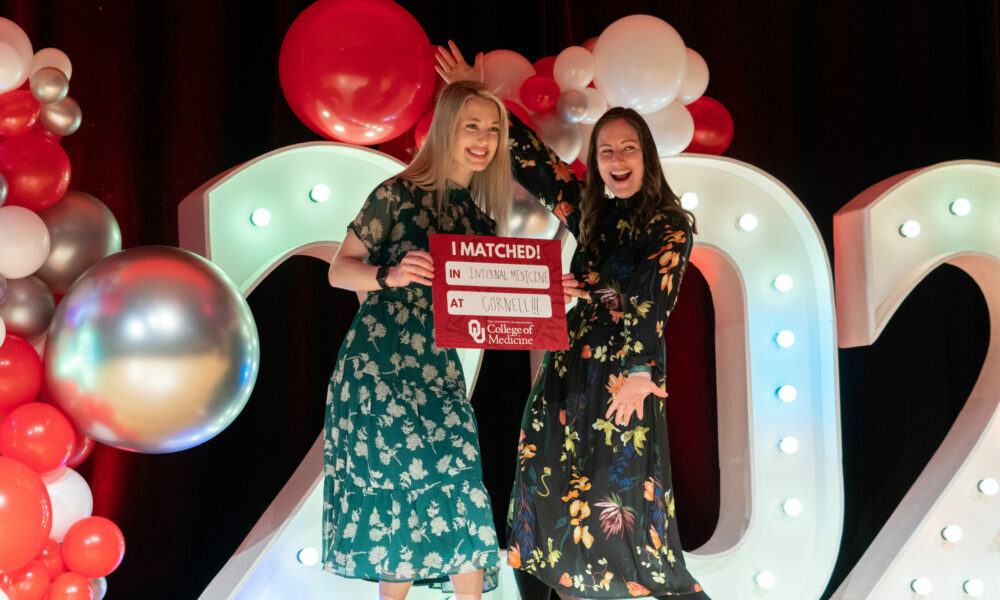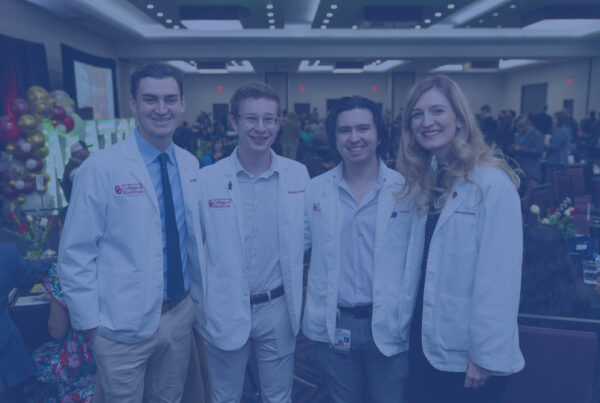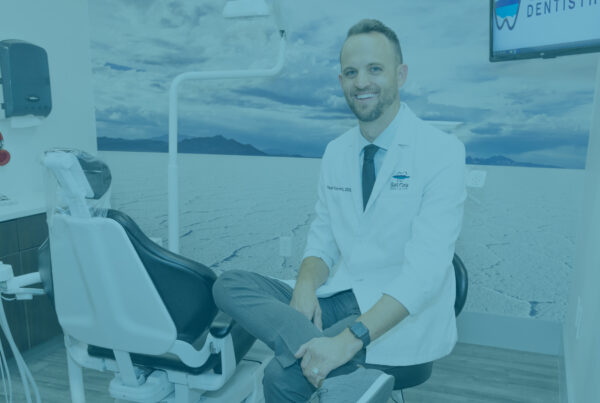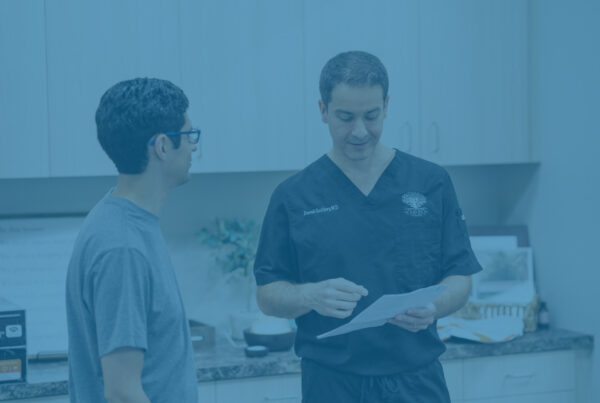Much like roots that form the trunk of a tree, medical students from many different majors and backgrounds shape the cohort of each medical class. After joining together and being molded into doctors during their mutual health training, these learners once again seek to branch out onto their individual limbs by choosing a more focused area of study. Graduating medical students find out exactly where they get to bloom on a day known as Match Day!
The envelope, please! It’s not the Oscars, but a much-anticipated day when medical students all over the United States open their residency assignments. Match Day is traditionally held the third week of March and is part of a much longer progression of events associated with the official, nonprofit National Resident Matching Program (NRMP), often referred to as “The Match.” The envelopes themselves contain nothing more than the name of the hospital and specialty program where the student will receive their resident training. Seems simple, but where does the information in these long-awaited envelopes come from?
Finding the perfect residency spot is a bit of a process. The first step begins when fourth-year students submit application information to the Electronic Residency Application Service (ERAS). This includes a personal statement, letters of recommendation, and a section that details past work and activities.
Next comes the interview phase, when students research available teaching hospital positions, exploring options at these programs in order to figure out where they would best achieve their goals. Both the students and program representatives get a chance to see if their relationships can be mutually beneficial, as both medical student and facility need to be able to work together. In fact, many students jokingly call it “clinical speed dating.”
At long last, it’s time to make a wish list. In its simplest form, medical students rank their choices of residency programs, while training hospitals are concurrently working to rank their favorite students. The NRMP system can handle several other nuances. For example, if a couple is going through medical school together, the program works to keep them in the same locale. Interestingly, couples have to pay an extra $45 per partner into the system for this special treatment.
What if ten applicants have hospital A as their first choice, but there is only one spot open? And to complicate things more, what if two of those students are on the program’s favorites list? No worries, there is an app for that! The computer program matches around 40,000 students each year, taking into consideration their most desirable residency situation and which students are most requested by the facility itself. In fact, it uses an algorithm that won its inventors the 2012 Nobel Prize in Economics.
In some circumstances, students do not match to any training hospital and likewise, there are open spots at facilities that do not get filled with students. This is where a huge do-over called the “Supplemental Offer and Acceptance Program” (SOAP) can be used. Some students decide not to use this alternate method, take a year off, or try again the next year. But when students do match, there is no changing or swapping– the match contract becomes binding, and students are expected to start in July.
There are various traditions on Match Day, depending on how creative an individual school wants to be. However, across the nation, it is customary for all students to wait to open their envelopes at the same time. Parents and loved ones often gather with their excited students to join in the celebration.
Today, we honor all those medical students and the programs they have matched into. We look forward to your future success.






